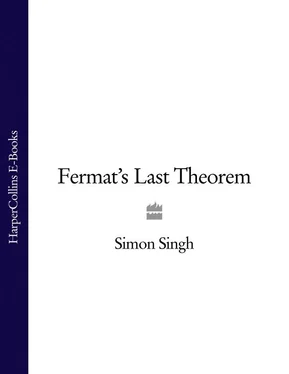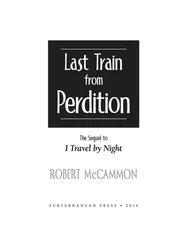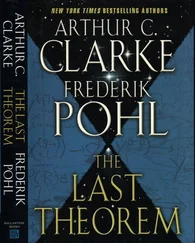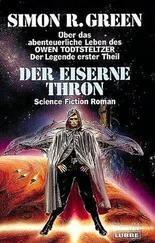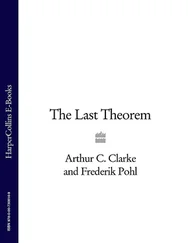1 ...7 8 9 11 12 13 ...16 The Pythagoreans wanted to find other Pythagorean triples, other squares which could be added to form a third, larger square. Another Pythagorean triple is x = 5, y = 12 and z = 13:

A larger Pythagorean triple is x = 99, y = 4,900 and z = 4,901. Pythagorean triples become rarer as the numbers increase, and finding them becomes harder and harder. To discover as many triples as possible the Pythgoreans invented a methodical way of finding them, and in so doing they also demonstrated that there are an infinite number of Pythagorean triples.
From Pythagoras’ Theorem to Fermat’s Last Theorem
Pythagoras’ theorem and its infinity of triples was discussed in E.T. Bell’s The Last Problem , the library book which caught the attention of the young Andrew Wiles. Although the Brotherhood had achieved an almost complete understanding of Pythagorean triples, Wiles soon discovered that this apparently innocent equation, x 2+ y 2= z 2, has a darker side – Bell’s book described the existence of a mathematical monster.
In Pythagoras’ equation the three numbers, x , y and z , are all squared (i.e. x 2= x × x ):

However, the book described a sister equation in which x , y and z are all cubed (i.e. x 3= x × x × x ). The so-called power of x in this equation is no longer 2, but rather 3:

Finding whole number solutions, i.e. Pythagorean triples, to the original equation was relatively easy, but changing the power from ‘2’ to ‘3’ (the square to a cube) and finding whole number solutions to the sister equation appears to be impossible. Generations of mathematicians scribbling on notepads have failed to find numbers which fit the equation perfectly.
Figure 4. Is it possible to add the building blocks from one cube to another cube, to form a third, larger cube? In this case a 6 × 6 × 6 cube added to an 8 × 8 × 8 cube does not have quite enough building blocks to form a 9 × 9 × 9 cube. There are 216 (6 3) building blocks in the first cube, and 512 (8 3) in the second. The total is 728 building blocks, which is 1 short of 9 3.
With the original ‘squared’ equation, the challenge was to rearrange the tiles in two squares to form a third, larger square. The ‘cubed’ version of the challenge is to rearrange two cubes made of building blocks, to form a third, larger cube. Apparently, no matter what cubes are chosen to begin with, when they are combined the result is either a complete cube with some extra blocks left over, or an incomplete cube. The nearest that anyone has come to a perfect rearrangement is one in which there is one building block too many or too few. For example, if we begin with the cubes 6 3( x 3) and 8 3( y 3) and rearrange the building blocks, then we are only one short of making a complete 9 × 9 × 9 cube, as shown in Figure 4.
Finding three numbers which fit the cubed equation perfectly seems to be impossible. That is to say, there appear to be no whole number solutions to the equation

Furthermore, if the power is changed from 3 (cubed) to any higher number n (i.e. 4, 5, 6, …), then finding a solution still seems to be impossible. There appear to be no whole number solutions to the more general equation
By merely changing the 2 in Pythagoras’ equation to any higher number, finding whole number solutions turns from being relatively simple to being mind-bogglingly difficult. In fact, the great seventeenth-century Frenchman Pierre de Fermat made the astonishing claim that the reason why nobody could find any solutions was that no solutions existed.
Fermat was one of the most brilliant and intriguing mathematicians in history. He could not have checked the infinity of numbers, but he was absolutely sure that no combination existed which would fit the equation perfectly because his claim was based on proof. Like Pythagoras, who did not have to check every triangle to demonstrate the validity of his theorem, Fermat did not have to check every number to show the validity of his theorem. Fermat’s Last Theorem, as it is known, stated that
has no whole number solutions for n greater than 2.
As Wiles read each chapter of Bell’s book, he learnt how Fermat had become fascinated by Pythagoras’ work and had eventually come to study the perverted form of Pythagoras’ equation. He then read how Fermat had claimed that even if all the mathematicians in the world spent eternity looking for a solution to the equation they would fail to find one. He must have eagerly turned the pages, relishing the thought of examining the proof of Fermat’s Last Theorem. However, the proof was not there. It was not anywhere. Bell ended the book by stating that the proof had been lost long ago. There was no hint of what it might have been, no clues as to the proof’s construction or derivation. Wiles found himself puzzled, infuriated and intrigued. He was in good company.
For over 300 years many of the greatest mathematicians had tried to rediscover Fermat’s lost proof and failed. As each generation failed, the next became even more frustrated and determined. In 1742, almost a century after Fermat’s death, the Swiss mathematician Leonhard Euler asked his friend Clêrot to search Fermat’s house in case some vital scrap of paper still remained. No clues were ever found as to what Fermat’s proof might have been. In Chapter 2we shall find out more about the mysterious Pierre de Fermat and how his theorem came to be lost, but for the time being it is enough to know that Fermat’s Last Theorem, a problem that had captivated mathematicians for centuries, had captured the imagination of the young Andrew Wiles.
Sat in Milton Road Library was a ten-year-old boy staring at the most infamous problem in mathematics. Usually half the difficulty in a mathematics problem is understanding the question, but in this case it was simple – prove that x n+ y n= z nhas no whole number solutions for n greater than 2. Andrew was not daunted by the knowledge that the most brilliant minds on the planet had failed to rediscover the proof. He immediately set to work using all his textbook techniques to try and recreate the proof. Perhaps he could find something that everyone else, except Fermat, had overlooked. He dreamed he could shock the world.
Thirty years later Andrew Wiles was ready. Standing in the auditorium of the Isaac Newton Institute, he scribbled on the board and then, struggling to contain his glee, stared at his audience. The lecture was reaching its climax and the audience knew it. One or two of them had smuggled cameras into the lecture room and flashes peppered his concluding remarks.
With the chalk in his hand he turned to the board for the last time. The final few lines of logic completed the proof. For the first time in over three centuries Fermat’s challenge had been met. A few more cameras flashed to capture the historic moment. Wiles wrote up the statement of Fermat’s Last Theorem, turned towards the audience, and said modestly: ‘I think I’ll stop here.’
Читать дальше
